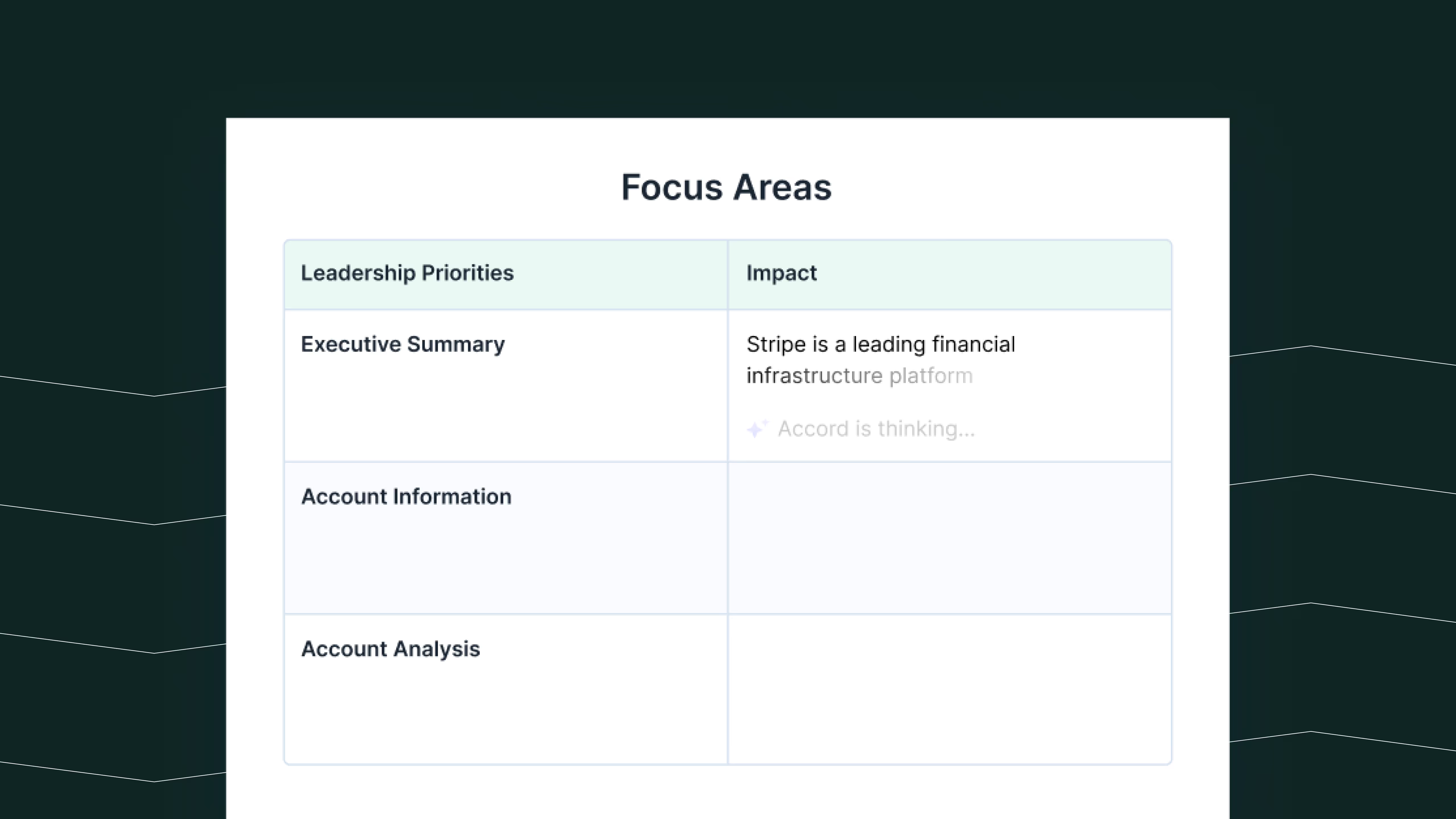Get a proven template & best practices for creating strong business cases that drive stakeholder alignment, improve multi-threading, and help you close key deals.
Get a proven template & best practices for creating strong business cases that drive stakeholder alignment, improve multi-threading, and help you close key deals.

A business case in the world of B2B sales is a document that summarizes the key information and goals of a deal or partnership.
In today’s market, most buying teams are growing while budgets are shrinking. This means that every purchase is under scrutiny by executives – which makes aligning stakeholders and effectively reaching key decision makers more important than ever.
Business cases help stakeholders (especially executives) quickly understand the what and why behind a potential partnership, even if they haven’t been deeply involved with the deal. They are also a great tool for arming your champion with all the information they need to sell your solution internally.
The business case is the main resource you will revisit during the deal or partnership, reminding stakeholders why they’re evaluating your solution and what challenges you will help them solve.
As a seller, you won’t be in the room for every single conversation about your solution. You want to make sure you’re arming your champion and other stakeholders with all the key information they need to make a decision.
If there are important stakeholders or decision makers you need to loop in, the business case helps get them up to speed quickly and covers the most important points of the deal without getting too in the weeds.
By creating a business case with your buyers and aligning on their top priorities and challenges, you can more easily build a strong, trust-filled, long-lasting partnership.
Each business case will be a little different depending on your solution and your buyers’ needs, but there are some best practices to follow every time. We put together this business case template and example to help you get started.
At the very beginning of the business case, you should state your buyer’s company-level priorities and goals, as well as the gaps or challenges they’re facing. Make sure you identify the impact of those problems on the business and outline their need for a solution.
Questions this section should answer:
Next, go a level deeper and identify the top business initiatives that your solution would support (examples might include maximizing customer retention or moving up-market). Alongside each of those initiatives, include specific tactics or use cases for your solution that would help achieve or positively contribute to the initiative.
Finally, identify the success criteria and desired outcomes for each initiative. The more specific and quantified / measurable, the better. This is the ROI that you’re promising your buyer will see from the partnership. Work WITH your buyer on identifying these numbers – don’t just guess!
Questions this section should answer:
Name all the key stakeholders involved in the buying process. Who owns it? Who is the decision maker? Who else needs to be in the loop?
Link or embed any resources that might be used to help the buying team make a decision, but only the most important ones (such as demo call recordings, pitch decks, case studies, etc).
Give an overview of how your buyer is validating your solution. Is there a pilot / trial period? Were any alternatives evaluated, and what are their gaps? How does your buyer know that this is the best path forward?
Then include the proposed partnership terms, including pricing, scope (number of seats, plan/tier, term length, etc), and any other important details.
Finally, make sure the answer to all of these questions is “yes”:
Looking for a way to enable your reps to build 10/10 business cases on every deal, or aiming to improve your own deal execution?
We’ve put together a free business case template that you can fill in and customize. It includes tips and best practices, plus a filled-in example using our partner, 30 Minutes to President’s Club, as the buying company.
Get the business case template to start up-leveling your partnerships and nailing key deals today!